

 TERRY SMITH tells us about these new sound modules in the Gaugemaster range.
TERRY SMITH tells us about these new sound modules in the Gaugemaster range.
The idea of adding sound to a layout is not a totally new one. There have been various sound boxes available over the years, and the versions from Noch have been popular. There were two versions, each with different sets of sounds - one rural, and the other station sounds - although both have now been discontinued.
Noch decided to break down its sounds into separate modules, which are circuit boards supplied with small loudspeakers. While useful, Gaugemaster have for the last 18 months also been working on a similar project with our partners at Train Tech. Packed with a lot more features, we are pleased to announce that these versatile sound modules are now available. We saw the benefit in grouping sets of sounds together and feature one longer background sound with seven other relevant sounds that can be heard at different times over the main recording. There are samples of each module at the end of the article.
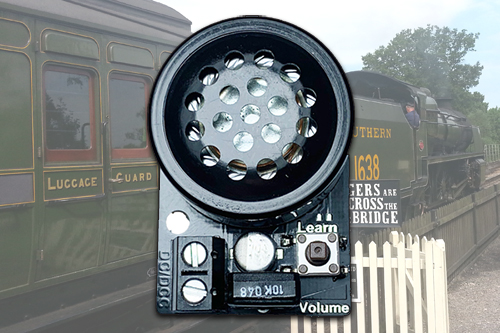
The great feature of our modules is that they can be used on both analogue and digital layouts. In analogue mode simply hook them up to a smoothed/regulated DC supply between 8 and 16v and the sounds will play continually, with the background sound being overlaid with the other sounds played randomly to create a realistic audio backdrop to your layout. If there are sounds that you don't want to hear, then these can be removed from the playlist if you has access to a digital controller. But don't worry, these can always be reinstated later!
However, it is when used in conjunction with a DCC layout that the versality of these modules can be fully exploited. Once connected to a DCC supply (from the track output or the DCC supply bus) you can use your controller's function buttons to have full access to all the individual sounds.
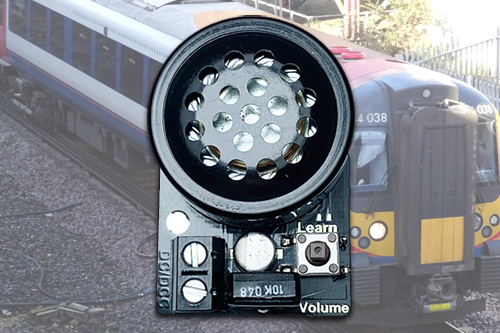
For example, as a default the module will play all sounds, but each sound (including the background) can be turned on and off at any time. This means that some sounds, like a car alarm for example, which some might find a bit annoying or not suitable for their layout, can be switched off from the main playlist. Any sound which is turned off can be activated at any time with just a press of that sounds allocated address.
While the timings of the sounds can't be changed within the programmed sequence, if you want to hear any sound between the timing just press the relevant function button and the sound will be active - with DCC you have total control. So much so, that you can also have sounds such as the clack of a point changing, or the sound of a semaphore signal dropping linked to the same address that operates a point or signal on your layout - so it is easy to syncronise sounds with other actions.
The speakers are built into the module board and come equipped with an adjustable volume controller. The board itself also comes pre-drilled with a hole to mount the unit either on the baseboard or inside a building.The best thing about them is that the sounds are grouped together by location or situation. So a Rural module can be placed out in the countryside, while the Urban version can be in the town centre. There is also a choice of Steam Era or Modern station sounds which of course will bring your station areas to life, while the trackside module has many of the sounds associated with the workings of a signal box. Each module comes with full instructions and a list of sounds and their DCC codes.
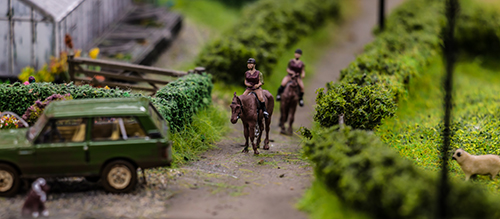
A typical rural scene like this can be complimented with sounds from our GM784 Rural Scenic Sound module to bring your layout to life.

The GM783 Urban Scenic Sound module would fit in well in this bustling OO Scale model town. There are also sound modules for both Steam era and Modern stations, plus also one covering lineside sounds as well.
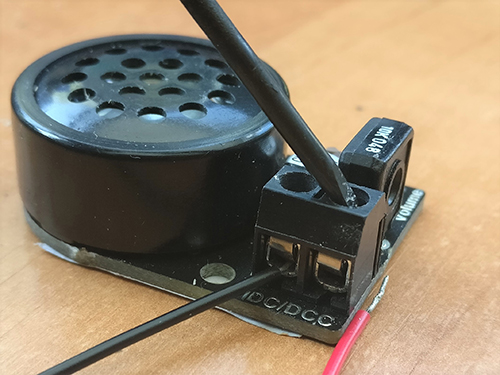
A small flat bladed screwdriver is used to attach wire to the module. If being used on an analogue layout this must be a regulated smoothed supply between 8 -16v. Digital users can just hook up to a bus wire or directly from the track.
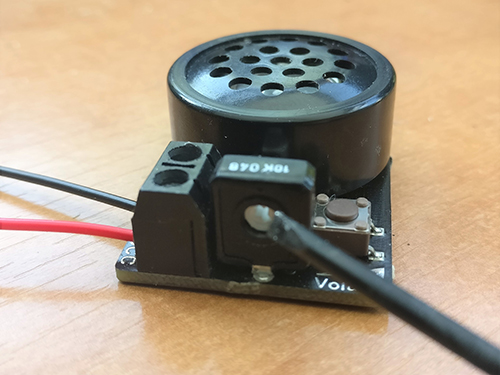
The same screwdriver can also be used to decrease or increase the speaker volume.
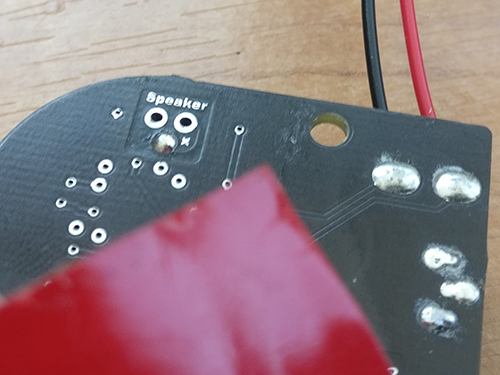
There is a single hole in the circuit board where the unit can be attached by a small screw on to the layout, or you could also use a decent double-sided tape to affix the module.
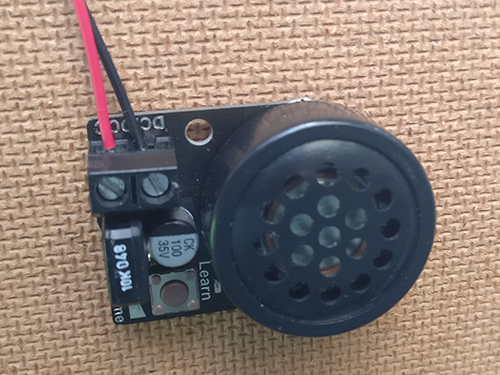
Under the baseboard is one option, although you may wish to drill a few holes near the module so the sound is not so muffled.
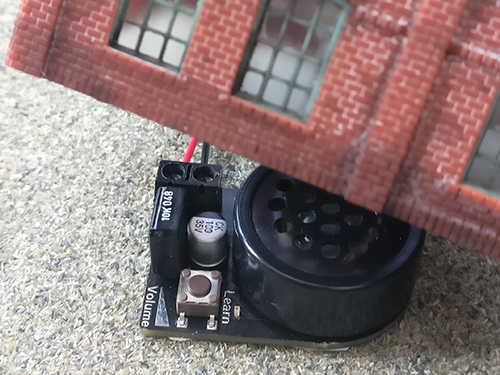
The units can also be mounted on top of the baseboard and hidden by a small building such as this N Scale factory unit. You can also experiment using make-shift sound boxes out of things such as paper coffee cups and the like, which can be fitted over the speaker that may enhance the sound should you feel you need to do so.